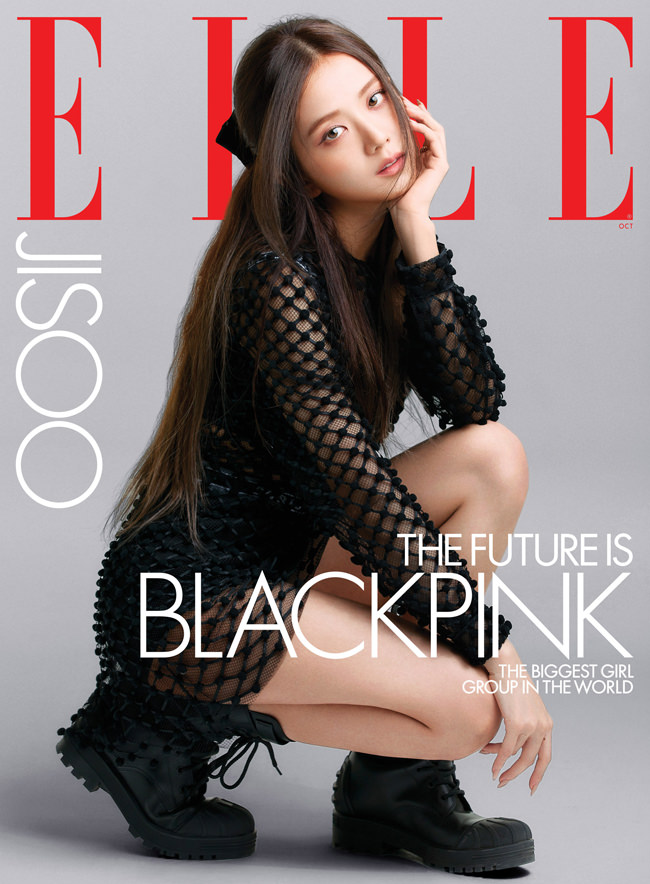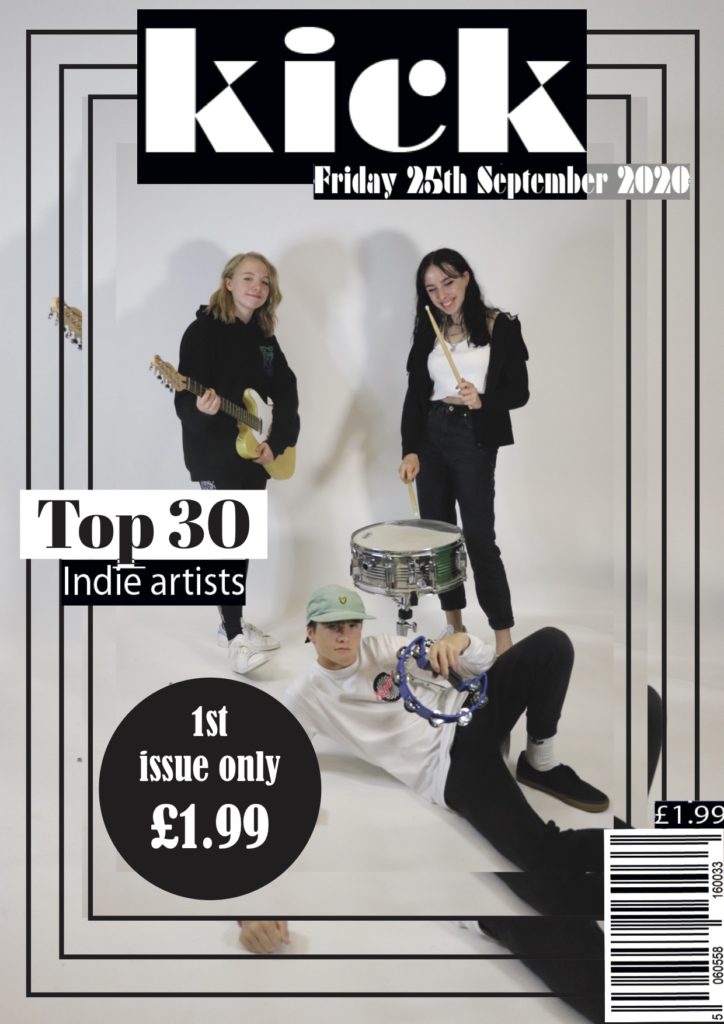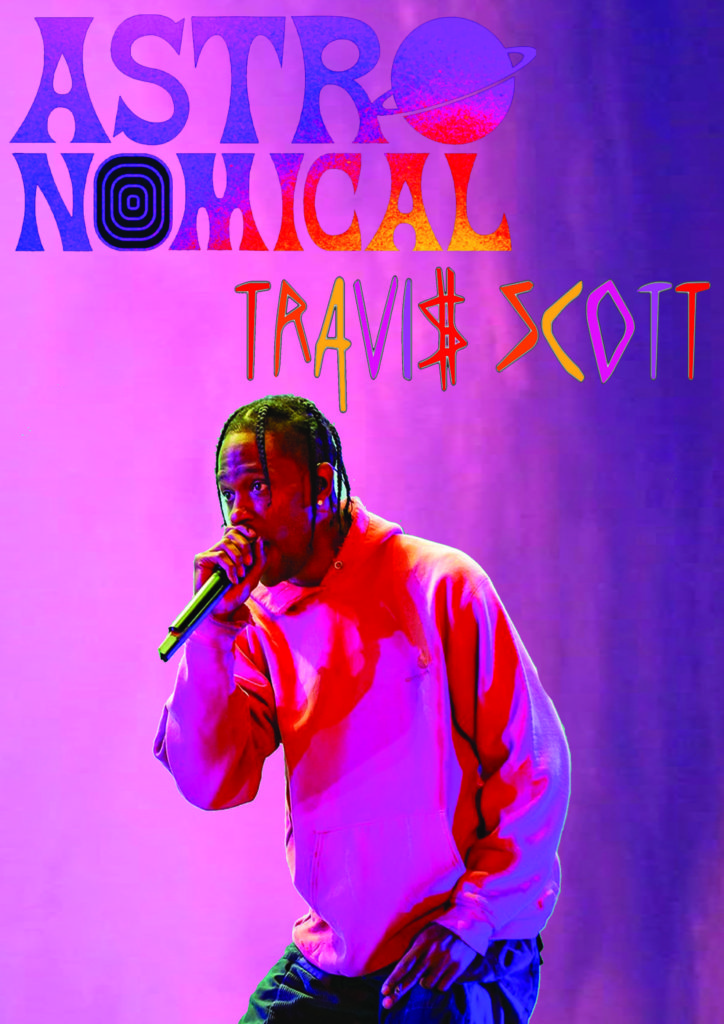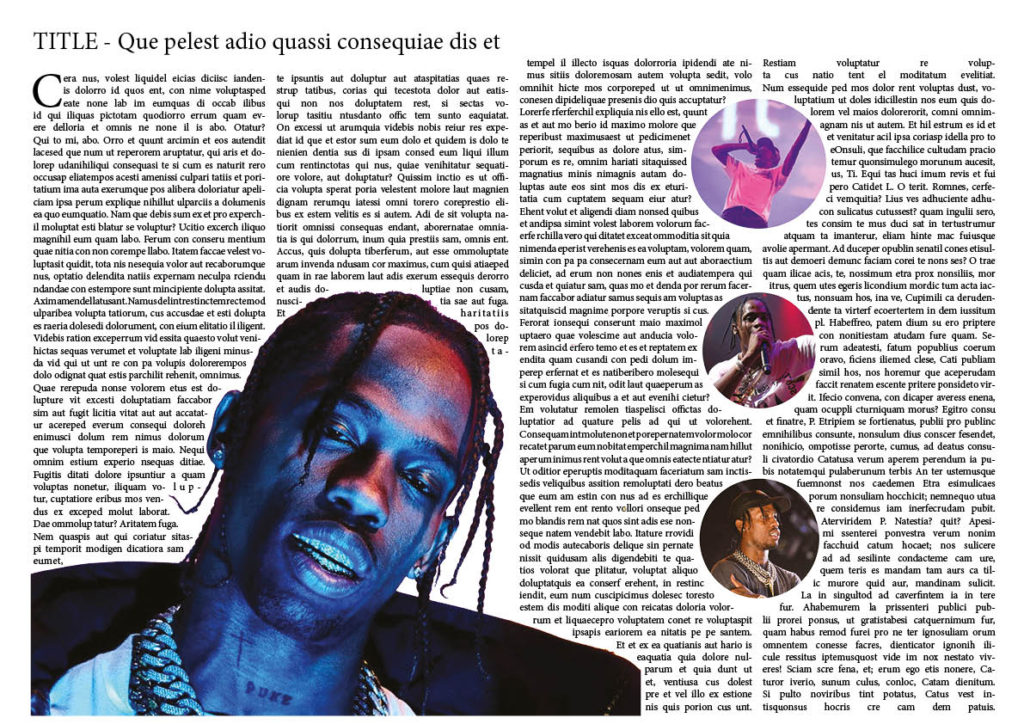Social, historical and cultural contexts are important to be aware of throughout society , as it not only connects to the media and understanding of the build to certain world events, but it also allows society to grasp a better understanding of postcolonialism, and understand how races are constructed as different, opposite or other – in history and current day. Looking at Commons Letter to the Free, a song written as a soundtrack to the Netflix documentary, the 13th, its lyrics relate to the 13th amendment, which was the law for the abolition of slavery in 1865. The song tells of how racism can be seen through the imprisonment schemes in America, as well as how racism can still be seen towards black people who are often seen differently in society. This is evident through his lyrics, “we aint seen as humans”, suggesting that society see Black people as ‘something’ different, not even as human beings. Furthermore, the lyric “will the U.S ever be with us” constructs an ideology of America seeing them as an opposition as though they are choosing to stand against them.
Ghost Town by The Specials and Letter to the Free by Common represent society in very contrasting ways, however. This is shown mainly through the narratives of the music videos because Letter to the Free is about ending modern slavery and giving more freedom with equal rights for everyone. However, Ghost Town is about the economic depression and the increase of employment rates in London which had become staggering. Also, the music videos themselves have different genres, as Letter to the Free is a rap style song and Ghost Town includes two very different music genres, ska and reggae. Both of these music videos are also seen as quite radical. In the Letter to the Free Common is outwardly proposing from society for equality for black people, which has earlier this year been a hugely pushed issue through the Black Lives Matter protests of 2020. In addition, it’s clear to see that the two case studies have ideas pointing towards postcolonialism theorist Paul Gilroy & WEB du Bois. As WEB du Bois first explained the term and idea of an audience having a “double consciousness”- With Paul Gilroy using the term, and concept again, in his book “The Black Atlantic”. Double consciousness defines itself as the internal conflict experienced by subordinated or colonized groups in an oppressive society. This idea is clearly pushed in “letter to the free” with the subject matter being racism against the black community in America.
Theorist Edward Said draws on the idea from Jacques Lacan about the “Mirror stage”. The term defines the first-time children see themselves in a mirror as the first time they must confront the fact that this “Mirror image” represents themselves and is how everyone in society views them. This links to media because due to colonialist and orientalist ideas, as the orient has often been portrayed as the “other” to the west, as Said points out, leading to under-representation of minorities in Western media and therefore there is a sense of dehumanisation against other cultures; this is recognised by easterners as the mirror image of their cultures and people in western media. Ghost Town and Letter to the Free are both music videos about racial tensions and protesting or a fear of racist institutions. As such, minorities are represented in these videos as ordinary people which again shows the hegemonic struggle by these artists to change the ideas in society. Here though it also done to combat the orientalist ideas of the eastern world in Western society.
In conclusion, Letter to the Free and Ghost Town can be applied to the concept of post colonialism. Furthermore, they both challenge world ideologies with their more radical views, and it is understandable that in media, such as music videos can influence and be influenced by society and culture. This is evident through Letter to the free, as they talk about how hegemony is a struggle, as there’s a lack of equality. Also, Ghost town aims to bring awareness of the employment rates and violence that occurred through the UK, specifically East London. Overall, music videos can change cultures and show the struggles they are facing/have faced, and this can be enforced with the understanding of postcolanial context.












